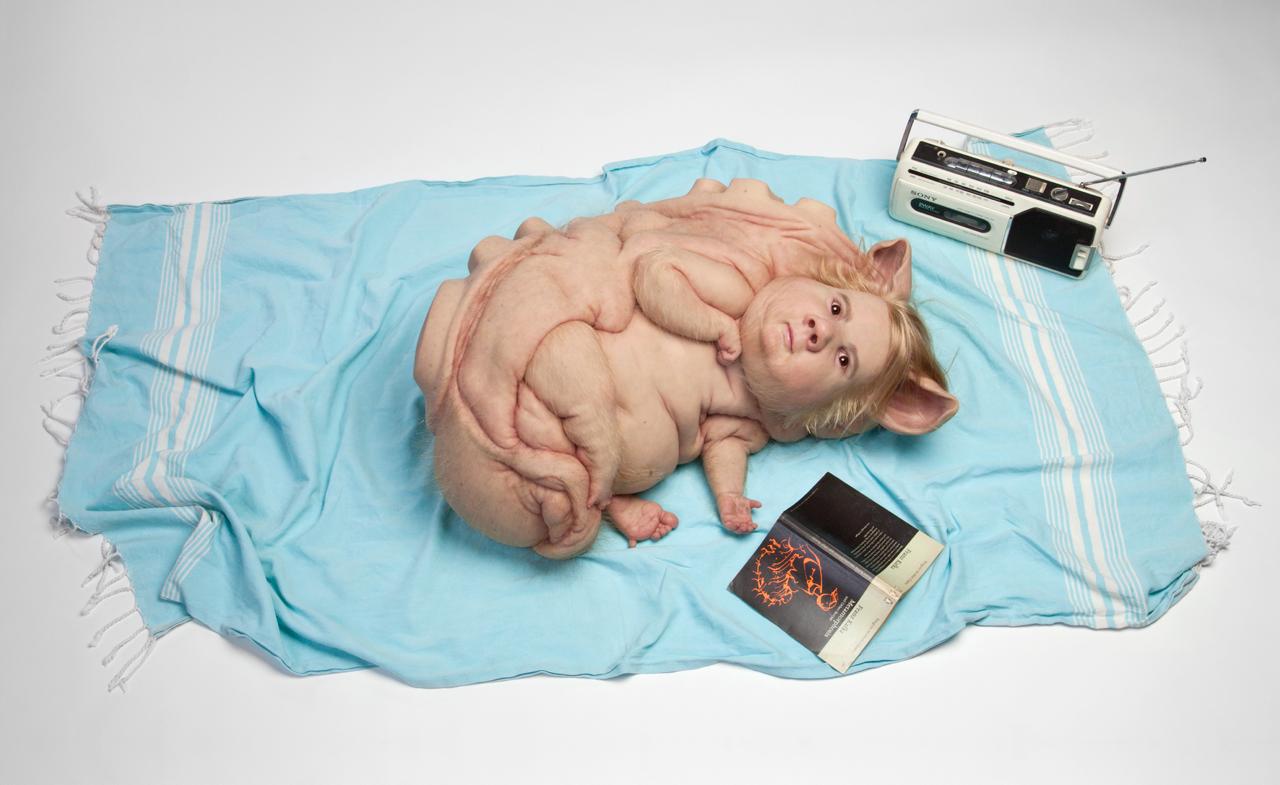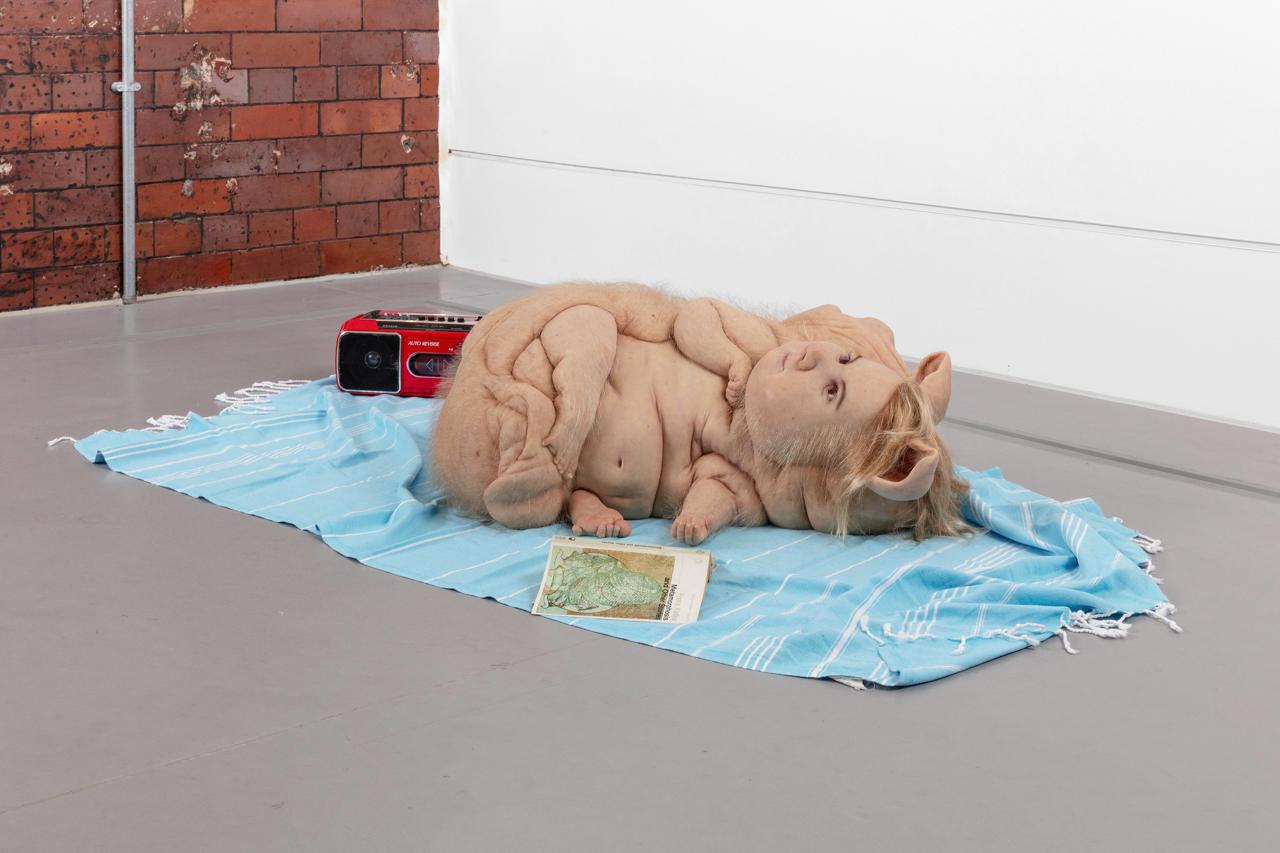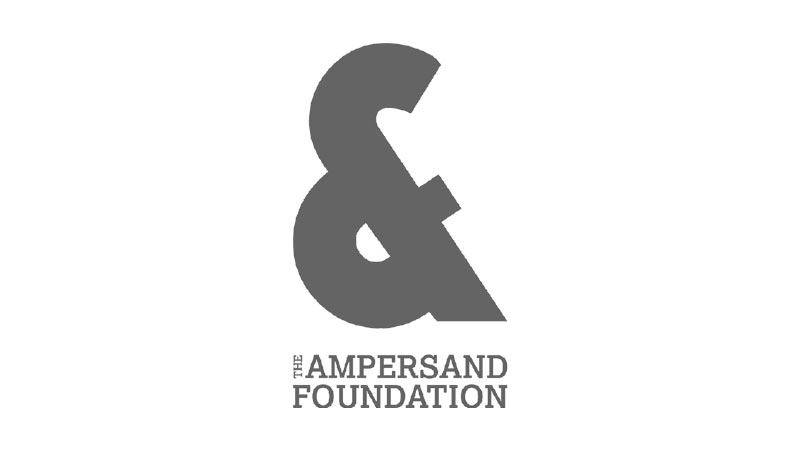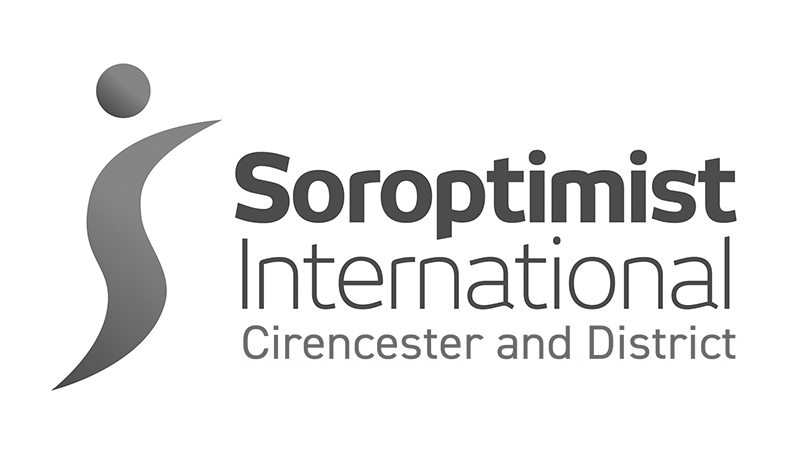
Patricia Piccinini, Teenage Metamorphosis, 2016. ©️ The artist.
Patricia Piccinini: Technology, Ethics, and the Art of Transformation
Alice Cairns On Teenage Metamorphosis
The Artist
Patricia Piccinini, born in Sierra Leone and raised in Australia, has established herself as a distinctive voice in contemporary art through her hyper-realistic sculptures. Initially pursuing economics, she eventually shifted her focus to the arts, earning a Bachelor of Fine Arts from the Victorian College of the Arts. This blend of analytical and empathetic perspectives imbues her work with remarkable depth and complexity.
Patricia’s art delves into the intersections of humanity, technology, and nature, creating hybrid creatures that are as unsettling as they are profoundly relatable. In 2010, as an art student in Australia, I was introduced to her work through the exhibition Once Upon a Time… A piece titled The Long Awaited—depicting a tender moment between a human and a creature—left a deep and lasting impression on me. Encountering Teenage Metamorphosis a decade later felt like reconnecting with an old friend, one who continues to pose challenging and essential questions about the world we are shaping.
A Non-Safe Space
For all the commotion of the Edinburgh Fringe last year, it would have been easy for many to miss out on the hidden treasure that was THIS IS NO SAFE SPACE: Art in Capitalist Realism. The exhibition invited visitors to confront the ethical dilemmas we often avoid.
Inspired by Mark Fisher’s seminal book Capitalist Realism: Is There No Alternative?, the exhibition explored capitalism’s pervasive influence on art, ethics, and human identity. Its themes demanded space at Granton Station, far from the beaten sidewalks of inner-city Edinburgh—tucked away. As the old saying goes, out of sight, out of mind. Through its location, curation, and the art itself, it reminded us of our collective tendency to shy away from confronting difficult realities. Each piece acted as a provocation, a Rorschach test for viewers to examine their uncertainties in an ever-evolving world.
Curated by Scott Lawrie, known for his raw and provocative exhibitions, THIS IS NO SAFE SPACE featured renowned international artists examining the theme of capitalist realism and its pervasive impact on culture, ethics, and human identity. Within this framework, Patricia Piccinini’s Teenage Metamorphosis became a focal point for an unsettling yet necessary conversation about identity, technology, and humanity’s relationship with the “other.” Few works are as immediately confronting as Patricia’s—a perfect fit for an exhibition urging discussion around things we’d rather keep locked up like some beast in the cellar. Teenage Metamorphosis itself evokes this imagery: the kind of creature a mother might hide away when guests arrive, only to lovingly tend to it in private—a face only a mother could love.
As a long-time fan, I attended the exhibition specifically to experience another of Patricia’s works in person. By the end, however, I found myself feeling like its mother—I understood it, I saw myself in it.
The Experience
For those curious but unable to attend, let me set the scene. Stepping into the small yet surprisingly spacious exhibition space, Patricia Piccinini’s Teenage Metamorphosis is likely the first thing to catch your eye. There is an immediate thought, especially for those unfamiliar with her work: Oh my lord, what is that thing over there? Positioned humbly on the ground rather than elevated on a plinth, Teenage Metamorphosis looks right at you as you come to grips with it.
The life-sized hybrid creature is your first invitation to get closer, and your second is Scott Lawrie himself—buoyant and engaging, breaking the dreaded silence of an exhibition space with his hospitable keenness to share each artist’s works and stories with you. It’s something that might be unusual for some, but by the end, you feel delighted, engaged, intrigued. Most of all, you understand. It’s a charming and effective refresh from the sort of impersonal and un-interactive exhibition walk-throughs that can leave you only guessing at what that was all about.
Though Patricia’s work was not the first piece displayed in the exhibition, its placement was strategic, setting the tone for an emotional and sensory engagement. Scott Lawrie’s conversational approach revealed insights without dictating meaning, creating a space for visitors to form their own connections. His style mirrored Patricia’s art—both encourage introspection and individual interpretation.
The Work
Teenage Metamorphosis epitomises and continues Patricia’s fascination with the interplay of humanity, nature, and technology. This hybrid creature demands second, third, and fourth looks to be fully grasped. A blend of human and animal traits, it is as unsettling as it is strangely endearing. Its bat-like features evoke a tension between familiarity and alienation, making it an exemplar of the uncanny. Its inherent ugliness challenges a complicated sense of empathy, provoked by its more tender details—curled up like a house pet, it isn’t anything you’ve seen before, yet it is truly lifelike. Soft fur, delicate hands, and a child-like wonder in its eyes make it look vulnerable.
Next to and on the creature lies something real—an open book and an old-school radio. These objects, remnants from earlier stages in the evolution of technology, evoke a sense of nostalgia. Recognisable forms of entertainment we’ve since transcended, they have been consolidated into the devices we now carry in our pockets. Their presence creates a sense of time, suggesting that this creature exists within our own memories of these objects and our evolving relationship with them.
The creature feels like a teenager—perhaps even like us. Didn’t we all feel ugly as teenagers? Suspended in that liminal phase of adolescence, it embodies transformation, uncertainty, and growth, mirroring the awkward beauty of our own experiences. Here, being and technology seem to be in metamorphosis together, their identities fluid, their boundaries beautifully blurred.
An extension of Patricia’s broader body of work, Teenage Metamorphosis probes ethical questions surrounding genetic engineering and the merging of species. The piece invites us to consider not just the scientific possibilities but also the emotional and ethical implications of transformation. At its core, it challenges viewers to reflect on what it means to care for and empathise with the “other”—especially when that other defies conventional definitions of normality.
This exhibition not only showcased Patricia’s work but also underscored the crucial role of curation in bringing art to life. Teenage Metamorphosis is more than just a sculpture—it’s an invitation to explore the boundaries of empathy, identity, and ethics. Through her work, Patricia urges us to imagine hybrid futures where humanity and technology coexist in ways that are both unsettling and hopeful.
For those familiar with her art and newcomers alike, Patricia offers a rare opportunity to reflect on the delicate balance between innovation and ethics—a balance that will inevitably shape the future of our species. Her work compels us to confront and care for what we might instinctively recoil from, reminding us of the enduring and transformative power of empathy.
By Alice Cairns

Patricia Piccinini, Teenage Metamorphosis, 2016. ©️ The artist.











